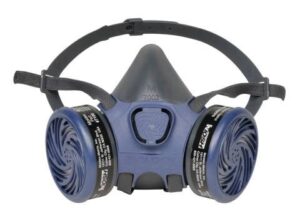In an initiative to guide future solution and resources, the Specialty Crop Research Initiative (SCRI) has designed the Sanitation of Agricultural Field Equipment Questionnaire to begin the research process centered around field equipment sanitation.
The research will develop a more comprehensive understanding of the challenges associated with field equipment sanitation and work toward developing solutions that are effective, implementable and sustainable.
To introduce the survey and forthcoming research effort, Dr. Matt Grieshop Director at The Grimm Family Center for Organic Production and Research College of Agriculture, Food and Environmental Sciences Cal Poly, San Luis Obispo says,
“We are a group of agricultural research and extension professionals from across the United States that are curious about grower and agricultural professional perceptions about the importance of field equipment sanitation to mitigate the spread of organisms that pose human health, weed, plant pathogen or other risks.
Agricultural field equipment includes tillage implements, tractors, harvesters, cultivation equipment, trucks, trailers, sprayers, mowers, or any other piece of equipment that is shared across fields.
This information will be solely used to help frame future research questions and outreach activities. It will not be published or distributed in any form. Answering should take 5 minutes or less and is completely voluntary and anonymous.
If you have questions, comments or concerns contact Dr. Matt Grieshop at mgriesho@calpoly.edu
Thank you for sharing your experience. We truly appreciate the gift of your time and knowledge.”
Your participation is invaluable to future developments in the industry regarding food safety and equipment sanitation.
To contribute, visit here.
For any questions regarding this project, contact Thierry Besancon at thierry.besancon@rutgers.edu.
——
Thierry E. Besançon, PhD
Associate Professor / Extension Weed Science Specialist
 LIMITED)
LIMITED)
